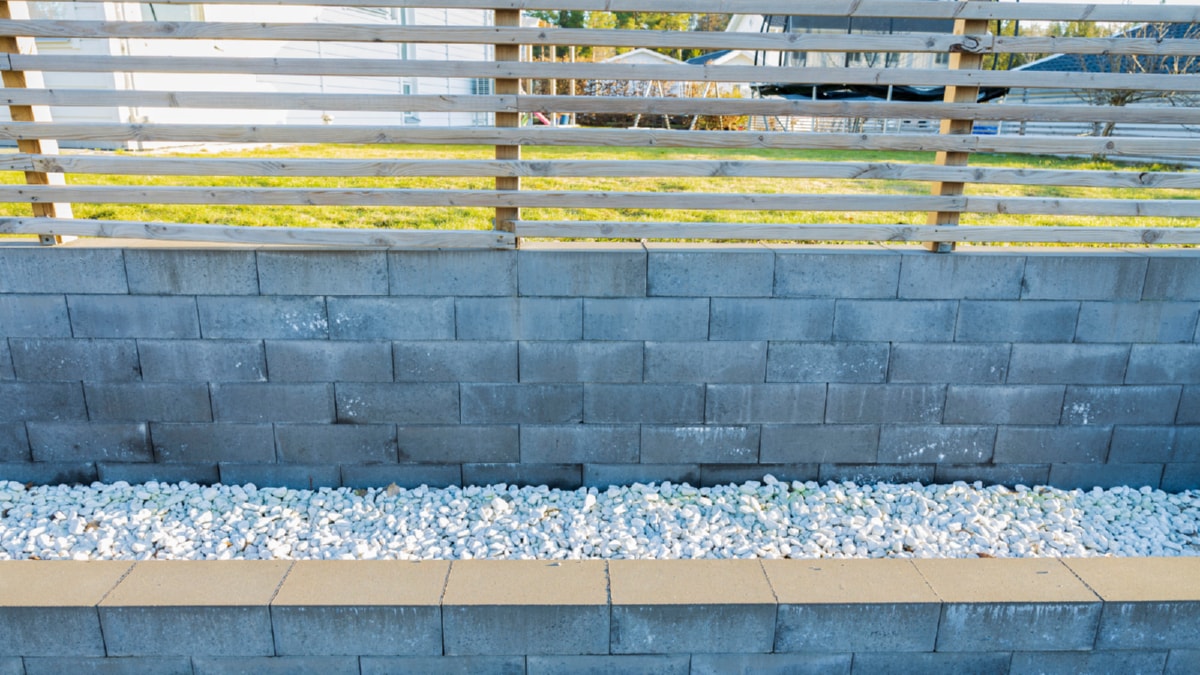The construction industry has witnessed a dynamic evolution throughout history, notably in the techniques employed to design, build, and manage structures. This evolution has been primarily driven by advancements in technology, the availability of new materials, and a deeper understanding of environmental sustainability. This article will delve into the shifts that have shaped modern construction practices, exploring the most prominent changes and the implications they hold for the future of construction.
Over the centuries, construction techniques have transitioned from simple practices involving organic materials to complex methods incorporating synthetic substances and technological tools. One of the most significant shifts in the industry has been the move from traditional handcrafting techniques to mechanization. The Industrial Revolution of the 18th and 19th centuries spurred the advent of machinery, marking a significant turning point in construction. Machines facilitated speed, precision, and the ability to construct larger and more intricate structures.
In the 20th century, the introduction of concrete and steel as primary building materials revolutionized construction techniques. Concrete offered strength and durability, while steel provided flexibility. The combination of these materials led to the development of modern architectural styles, including skyscrapers and complex bridge designs.
The late 20th and early 21st centuries witnessed the rise of digital technology in construction. Computer-Aided Design (CAD) and Building Information Modeling (BIM) have become integral parts of contemporary construction practices. CAD allows architects and engineers to create detailed 3D models of structures, facilitating better planning and visualization. BIM takes this a step further by creating an intelligent 3D model that provides insights into a building’s physical and functional characteristics.
In addition to digital technology, modern construction techniques have begun to emphasize sustainability. Green building practices aim to minimize the environmental impact of construction by using eco-friendly materials and energy-efficient designs. Techniques such as passive solar design, rainwater harvesting, and the use of recycled materials are becoming increasingly common in new builds.
Prefabrication and modular construction are other significant trends shaping modern construction practices. Prefabrication involves constructing components of a building off-site, then transporting them to the site for assembly. This method offers several advantages, including reduced construction time, fewer weather-related delays, and improved quality control.
Modular construction, a type of prefabrication, involves building complete rooms or sections of a building off-site. These modules are then transported to the site and assembled. This technique has gained popularity due to its flexibility, cost-effectiveness, and speed of construction.
In conclusion, the evolution of construction techniques reflects the progression of societal needs and technological advancements. The shift from manual labor to mechanization, the introduction of new materials, the rise of digital technology, and the emphasis on sustainability have significantly influenced modern building practices. As we look towards the future, it is clear that the construction industry will continue to evolve, driven by innovation and a commitment to improving the built environment.
For more details, check best masonry services or visit their business listing here.



